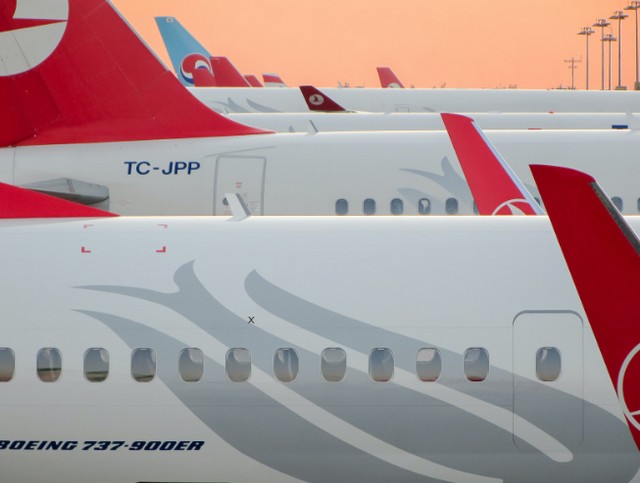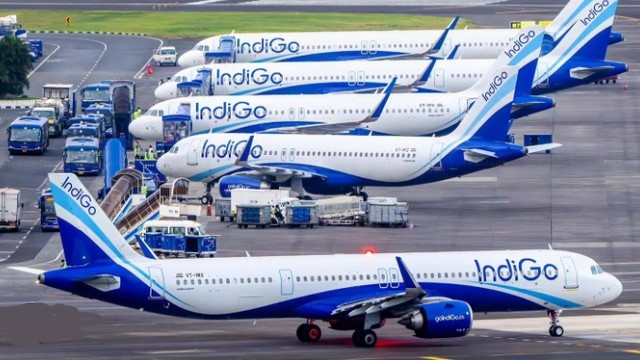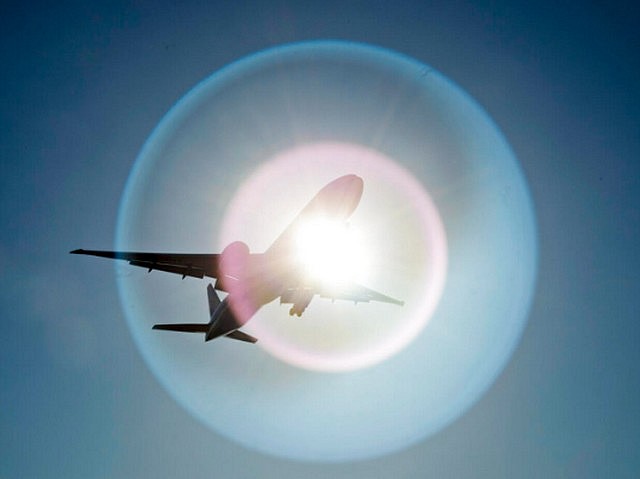We have become accustomed to the ever-increasing figures for air transport: broadly speaking, by 2025, 5 billion passengers, $1 trillion in revenue, and more than 15,000 aircraft in regular operation by 1,200 carriers, 800 of which carry 98% of the market.
And growth continues at the same rate of 5% per year, doubling every 15 years, despite the formidable environmental lobby, the main enemy of this mode of transport.
 I note, however, that despite this continued growth, air transport produces a steadily decreasing proportion of CO² compared to other economic sectors around the world.
I note, however, that despite this continued growth, air transport produces a steadily decreasing proportion of CO² compared to other economic sectors around the world.
It is now below 3%, and this figure will inevitably decrease with the arrival of a new generation of aircraft, better airspace management, and a constantly increasing average aircraft size.
This growth will not be driven by traditional carriers, which will continue to grow below 4% year after year, but by newcomers.
The dominance of the Western world will gradually disappear in favor of Asian, and even African, operators. Two carriers are attracting attention.
Turkish Airlines
 It’s not an Asian carrier, nor is it a European one.
It’s not an Asian carrier, nor is it a European one.
Before 2000, Turkey’s national airline was largely unheralded, despite its founding in 1933.
But under the leadership of then-Prime Minister Recep Tayyip Erdogan, aircraft orders have increased, and airport facilities are being renovated with the construction of Istanbul’s new airport, capable of handling 150 million passengers, twice the capacity of Europe’s largest airport, Roissy-Charles de Gaulle. So where will the company stop?
 From its hub, it has built a considerable network serving 352 destinations, more than the 350 of American Airlines, currently the world’s largest airline group.
From its hub, it has built a considerable network serving 352 destinations, more than the 350 of American Airlines, currently the world’s largest airline group.
It operates 490 aircraft and has placed orders for 352 new planes. This will give it the means to expand.
It has already become a serious competitor for Gulf carriers by positioning itself in their connecting market between Asia and other continents.
This strategy has been very successful, as with revenues of $22.7 billion in 2024, 10 times those achieved 20 years earlier, it generated a net profit of $3.64 billion, which would make many envious. This gives it the means to achieve its ambitions.
Indigo
 This Indian carrier never ceases to amaze.
This Indian carrier never ceases to amaze.
Founded much more recently, in 2005, it is now managed by Pieter Elbers, the former CEO of KLM, who has been in conflict with Benjamin Smith, the head of the Air France/KLM group.
There’s no doubt he’ll be determined to exact his revenge against the Europeans, who ultimately chose a Canadian to lead one of the continent’s three major airline groups.
Certainly, Indigo is currently much smaller than Turkish Airlines, at least in economic terms: $10 billion in revenue, for a positive result of $860 million.
 But the operational figures are impressive: 434 aircraft in operation to 126 destinations, mainly located in the Indian subcontinent, and more than 100 million passengers carried.
But the operational figures are impressive: 434 aircraft in operation to 126 destinations, mainly located in the Indian subcontinent, and more than 100 million passengers carried.
What is impressive is the airline’s ambitions, realized by the most extraordinary order for aircraft: 1,016 in all, to be delivered over several years.
But this order now includes long-haul aircraft.
 In other words, Indigo’s plans will not be limited to India or even to Gulf destinations.
In other words, Indigo’s plans will not be limited to India or even to Gulf destinations.
Europe is undoubtedly in Pieter Elbers’ sights.
We could add other Asian carriers, particularly Air Asia.